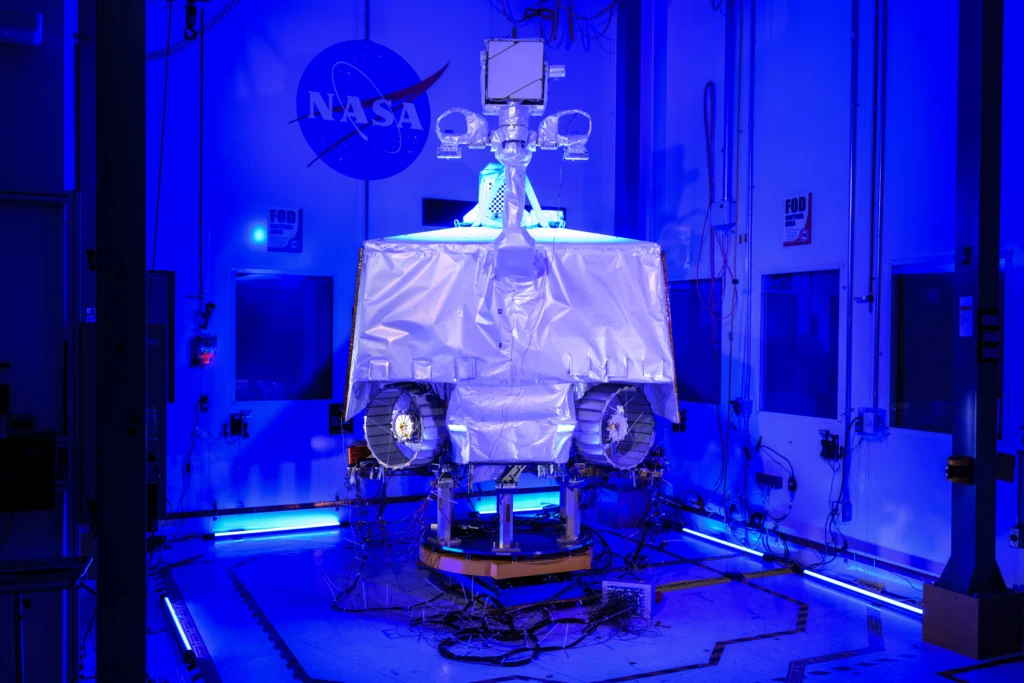NASA released a partnership statement. The organization is asking for proposals from U.S. companies interested in collaborating to send the VIPER (Volatiles Investigating Polar Exploration Rover) rover to the Moon.

VIPER was the first lunar rover built by NASA. It was planned to be landed in one of the southern circumpolar craters of the Moon using the Griffin lander built by Astrobotic. The main task of the vehicle was to study the regolith in order to determine the percentage of water ice in it. For this purpose, the lunar rover was equipped with a drill, allowing it to extract samples from a depth of up to a meter, and instruments for its analysis.
However, NASA abruptly canceled the mission in the summer of 2024, citing cost overruns. The decision drew a storm of criticism from the scientific community. As a result, NASA attempted to save the vehicle by seeking private help. The idea is that some US company will cover all the costs of launching and running the rover. This will preserve the scientific component of the mission, as well as allow private companies to demonstrate their ability to deliver large cargoes to the lunar surface.
The initiative has attracted interest from some companies. Therefore, NASA has moved to the stage of collecting proposals. By early March, all interested companies should send their proposals describing their approach to organizing the VIPER launch and achieving the scientific goals.
NASA will review the proposals received and will announce within a week which companies will be able to proceed to the second phase. As part of it, they will have to send more detailed applications that include additional technical information as well as an overall financial assessment of the project. Phase II proposals are due by May 2. After 30 days, NASA will select a company with which to enter into an agreement to launch and operate VIPER.
The organization separately emphasizes that the selected company will not receive any NASA funding. It will get the rover and hardware, then take full responsibility for the necessary inspections, launch, lunar landing, collection and dissemination of scientific data. The cost of all this is expected to be several hundred million dollars. Last year, NASA estimated alternative approaches to getting VIPER to the Moon at $350 million to $550 million.
According to Spacenews


